Zoo Empordà (Zoo of the Empordà region)Antoni Macià Cassany (aka Casany) (1918 – 2007)
About the Artist/Site
Antoni Macià Cassany was born to a family of humble farmers in Vic, a small inland valley city within the province of Barcelona; he attended school until age twelve and helped his parents on their small farm. But by age sixteen he began working at a local cement factory as a common laborer, as he realized that the inheritance codes decreed that as the youngest child he would not be able to continue to live on and work his parents’ land. The Civil War exploded across Spain when Macià was eighteen; conscripted into the army, Macià was shot in the stomach and the Achilles tendon; this no doubt saved his life, as he was returned to Vic to recuperate.
Vic was an important center for classical (primarily religious) sculpture, and Macià decided that he wanted to learn how to model a figure in clay. He went to the Escuela de Artes y Oficios [School of Arts and Crafts/Trades] and told the professor that he did not want to enroll but just to learn how to model a figure. The instructor, bemused and somewhat appalled at the young man’s presumptiveness, allowed him to attend classes without formally registering in school. Macià showed an immediate facility in modeling forms, readily impressing his teacher and fellow students, so he decided to become a sculptor. He soon moved to Barcelona, married art student Josefa Rovira Olmo, and supported himself and his wife through the sale of his small clay figures. Later, he moved his family up to the Costa Brava area, working as a common laborer on the new hotels being built as a result of Franco’s push to bring in foreign tourists with their hard currency. With the money that he earned, he purchased a small piece of property near Begur, and then, later, sold that to purchase a larger piece near Regincós. Little by little, Macià began adding indigenous, domesticated, and exotic animals to the site, creating little enclosures and, then, more elaborate and organically shaped concrete housings for them; his earlier jobs working at the cement factory and on the Begur hotel had provided on-the-job training for the development of such skills. He and his wife also continued to sculpt small classical figures for sale.
Although Macià seemed to focus more on the increasing number of animals in his Zoo, his architectural work actually holds greater interest. Working without drawn sketches or plans—although occasionally first producing a clay model—Macià would build an infrastructure of standard open-work terra cotta bricks as he created a series of small futuristic buildings (in the late 1960s/early 1970s style), later covering them with concrete and modeling them without straight lines or sharp corners. The roofs were often round-topped or semi-ovoid, with door and window openings that were rather amorphous or even amoebic in their globular forms. There was no real distinction between supporting walls and supported roofs; the fluidity of their forms alludes more to sculpture than to architecture.
He and his family subsisted on the revenues from the Zoo—primarily from sales of drinks and snacks to families who came to see the animals and picnic on the site—but he resented their visits, as they took his time away from his animals and his sculpting. In 1980 he suffered a stroke, and although he continued with some building as part of his rehabilitation, his major creative period was over. Although his son tried to maintain and enhance the Zoo, the new regulations imposed for those who kept exotic animals eventually caused its closure. It is now in a state of ruin, with a very few of the structures visible from the street, and most others covered in vines and crumbling.
~Jo Farb Hernández, 2014
Contributors
Map & Site Information
Girona, Catalonia, 17002
es
Latitude/Longitude: 41.9780945 / 2.8190749
Nearby Environments


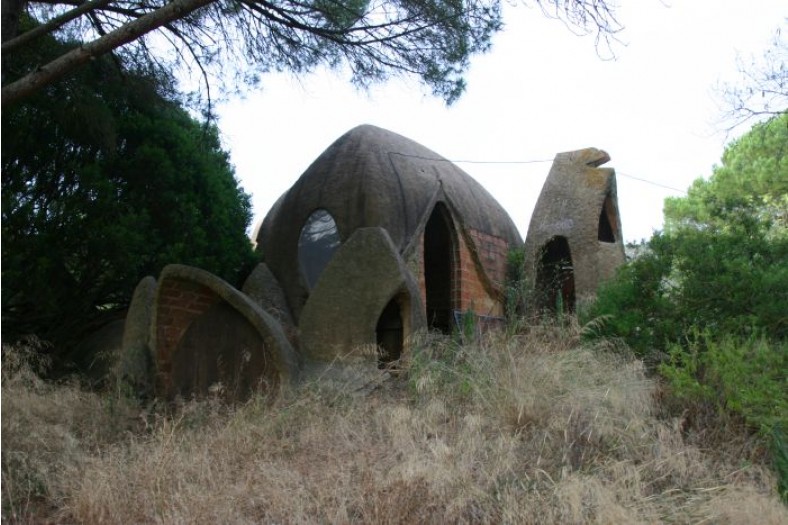
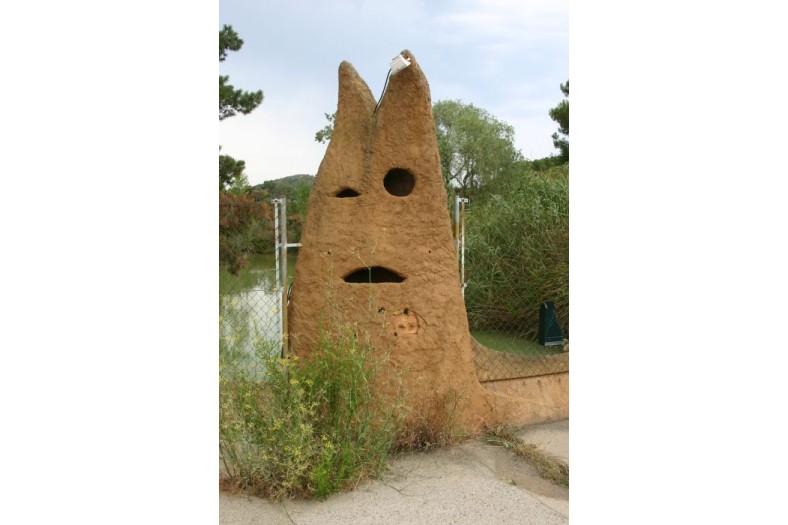
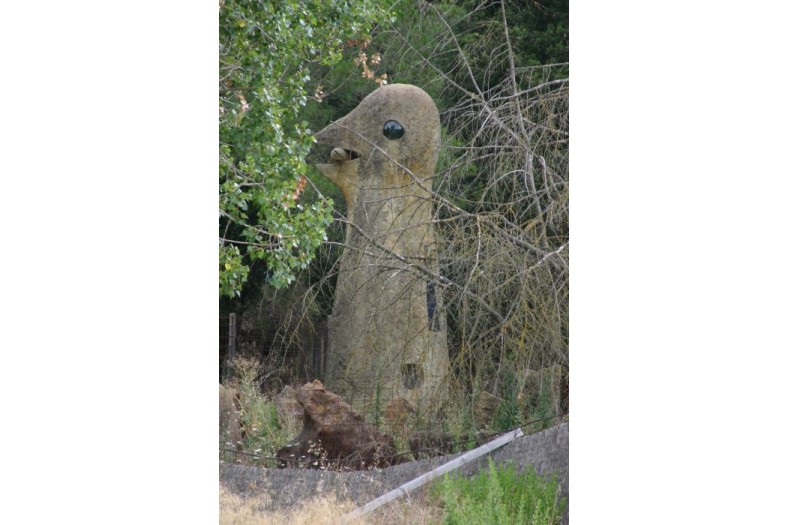
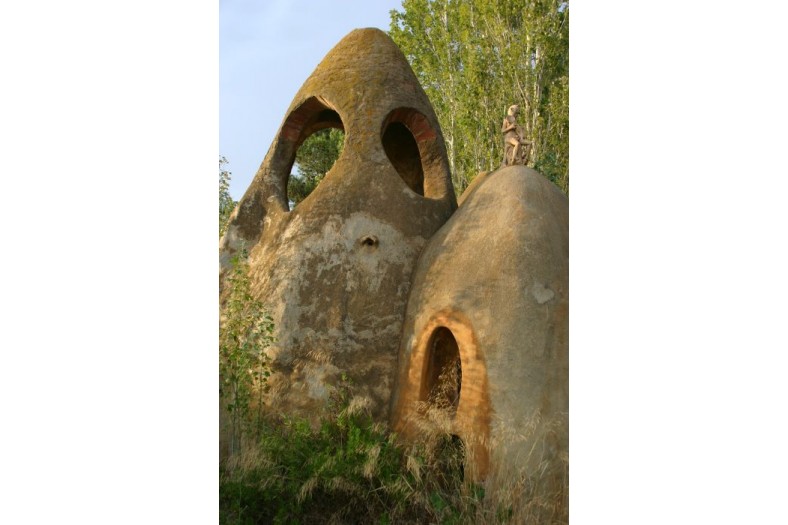
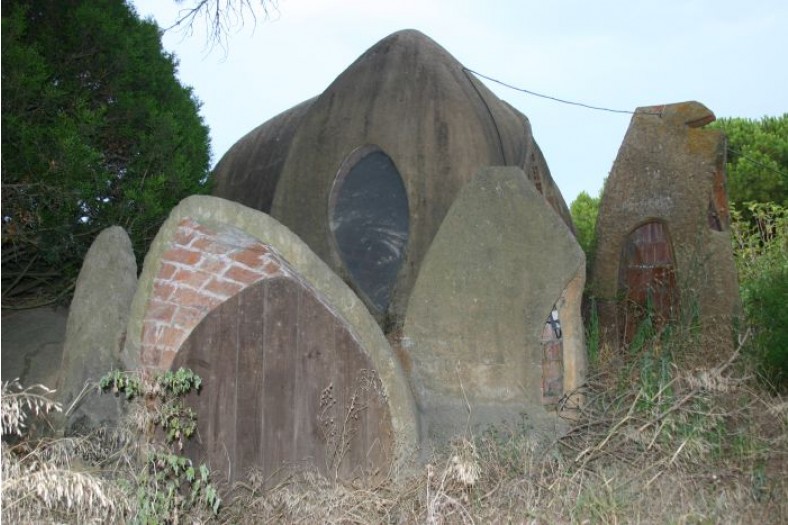
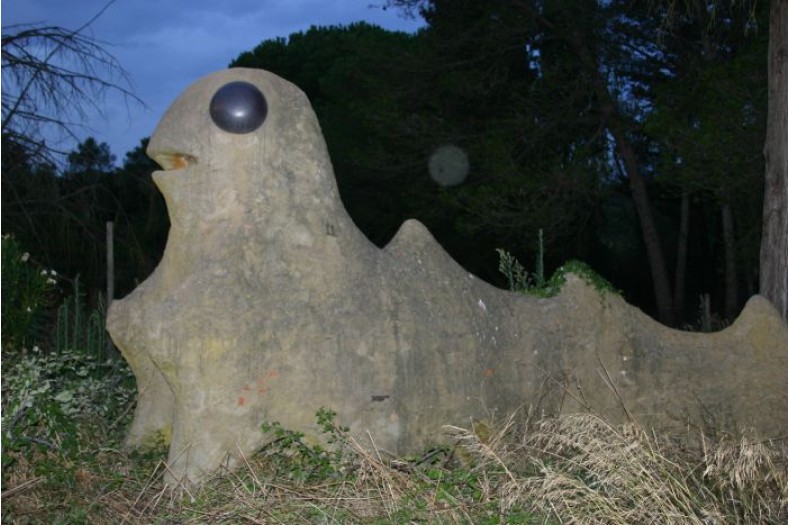
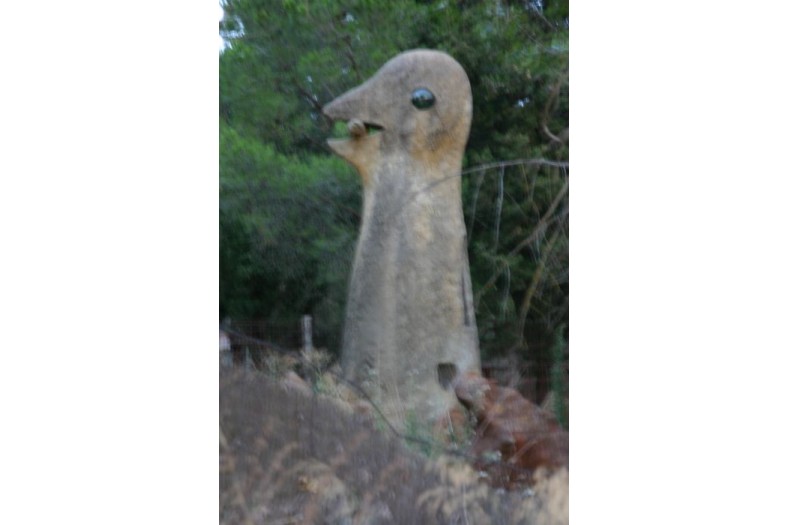
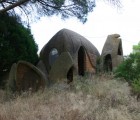
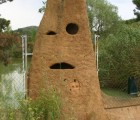
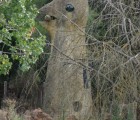
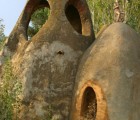
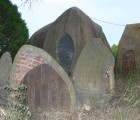
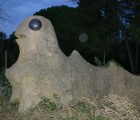
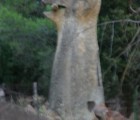
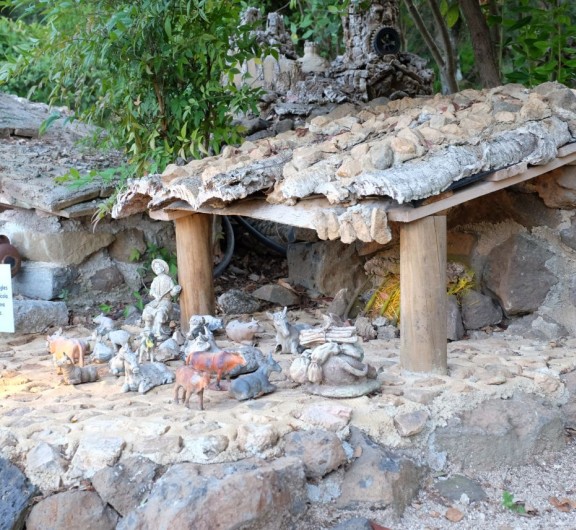
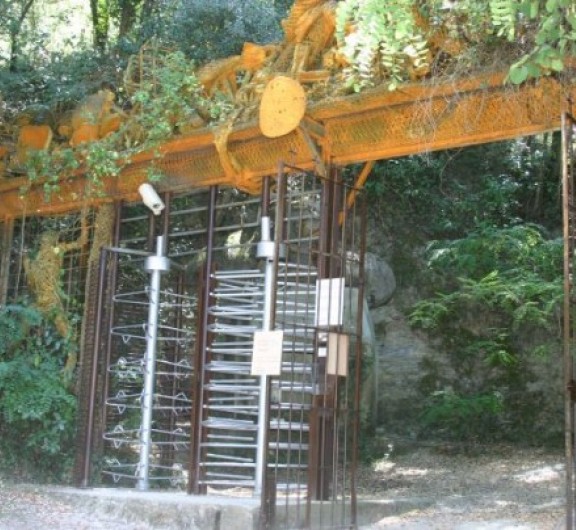
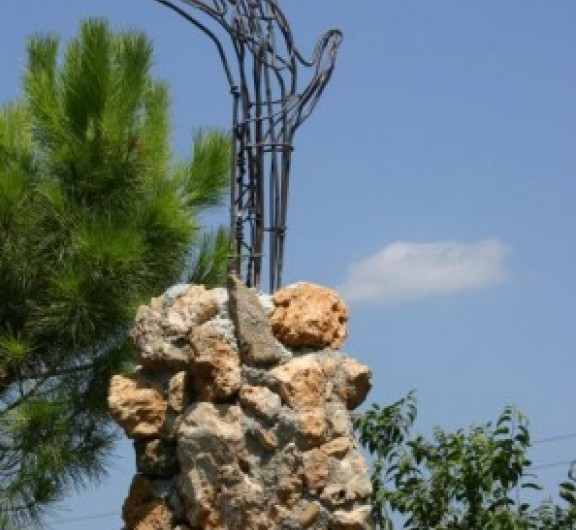
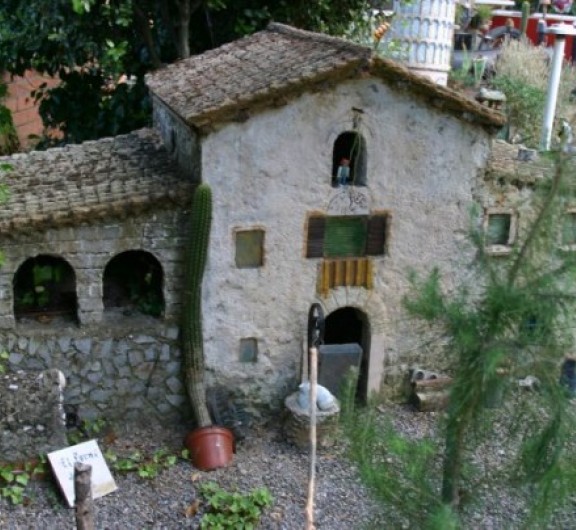
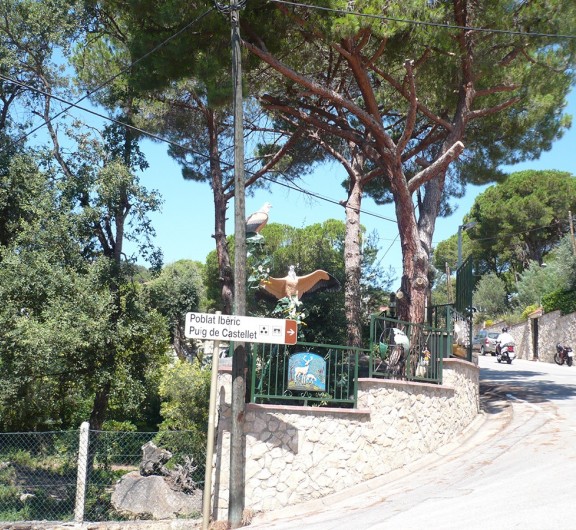
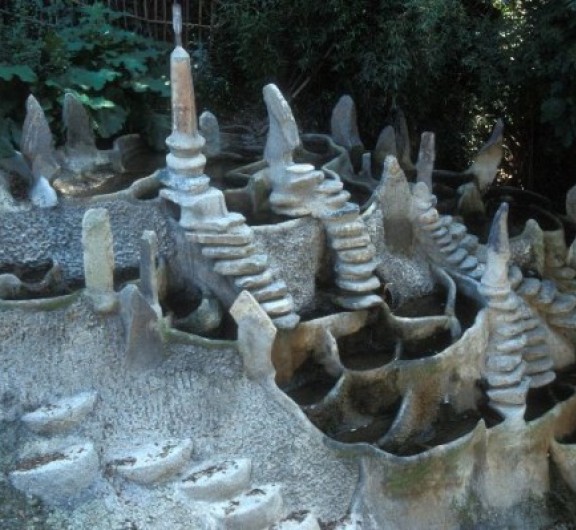

Post your comment
Comments
No one has commented on this page yet.